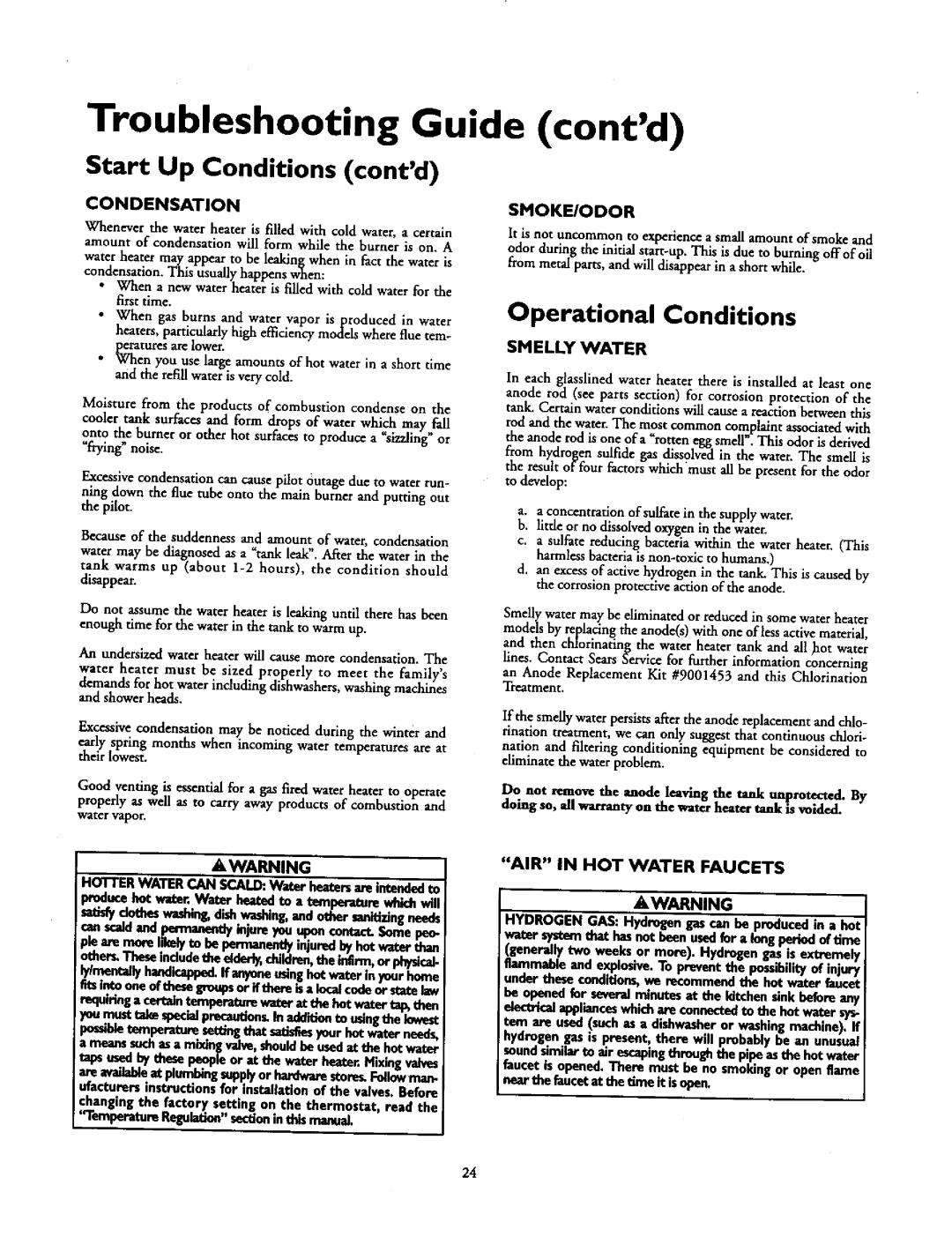153.337113, 153.337462, 153.337513, 153.337762, 153.337413 specifications
The Kenmore series 153.337662, 153.337562, 153.337462, 153.337113, and 153.33796 represents a range of high-performance appliances that deliver exceptional functionality and convenience to homeowners. Renowned for their energy efficiency and advanced technologies, these models are designed to cater to various household needs while maintaining a focus on user-friendly operation.One of the hallmark features of the Kenmore 153 series is its innovative Smart Technology. This technology enables users to connect their appliances to a home network, allowing for remote control and monitoring through smartphone apps. With this capability, users can adjust settings, receive alerts, and even troubleshoot issues from virtually anywhere, providing enhanced convenience and peace of mind.
In addition to Smart Technology, the Kenmore 153 series is equipped with advanced sensors that optimize performance. For example, the models feature moisture sensing capabilities that detect the dampness of clothes and automatically adjust drying time accordingly. This not only saves energy but also protects fabrics from over-drying, thus extending the life of garments.
Energy efficiency is another critical characteristic of the Kenmore 153 series. These appliances are designed with eco-friendly functionalities that minimize energy consumption without compromising performance. They often come with Energy Star certification, allowing users to enjoy significant savings on utility bills while contributing to a more sustainable environment.
The Kenmore 153 series also boasts a sleek and modern design that integrates seamlessly into any home decor. With user-friendly control panels, bright displays, and customizable settings, these appliances are as functional as they are aesthetically pleasing. Whether it's a refrigerator, washing machine, or dryer, each model is built with durability in mind, ensuring they withstand the rigors of daily use.
Furthermore, the Kenmore 153 series emphasizes easy maintenance and cleaning. Many models feature self-cleaning options and removable components that simplify the upkeep process, allowing users to spend less time on chores and more time enjoying their homes.
In summary, the Kenmore 153.337662, 153.337562, 153.337462, 153.337113, and 153.33796 models exemplify a commitment to quality, efficiency, and innovative technology. With features that enhance usability and performance, these appliances stand out in the marketplace, making them a popular choice for modern households looking to elevate their everyday living experiences.

